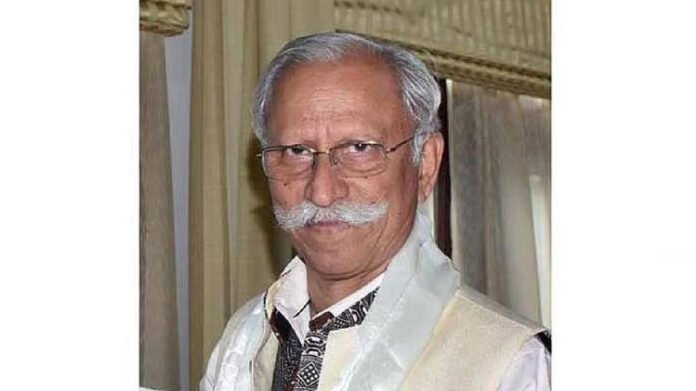The long-standing Assam Arunachal border dispute has taken a positive turn as both states show progress toward peaceful resolution. Arunachal Pradesh Governor Lieutenant General K.T. Parnaik (Retd.) recently praised the proactive efforts of Assam Chief Minister Himanta Biswa Sarma and Arunachal Pradesh Chief Minister Pema Khandu in addressing the matter collaboratively.
This acknowledgment came during an official function in Itanagar, where the Governor highlighted the importance of dialogue, trust, and inter-state cooperation in resolving regional conflicts without violence or litigation.
Read More: Arunachal Highway Delay: Rijiju Blames Land Hurdles
Joint Commitment to Peaceful Dialogue
The Assam Arunachal border dispute spans over 800 km, with several contested zones causing tension for decades. However, recent political will from both state governments has led to structured dialogue and the formation of regional committees tasked with identifying mutually acceptable solutions.
Speaking on the matter, Governor Parnaik stated, “Both Chief Ministers have demonstrated statesmanship and maturity. Their efforts have strengthened public confidence in governance and promoted peace in sensitive areas.”
He emphasized that development, communication, and administration cannot flourish in a climate of distrust, which is why this initiative is a turning point for the northeast.
Role of Regional Committees
The progress so far is largely due to multiple rounds of talks and the formation of district-level committees along the border. These teams, involving civil and police administration from both sides, have visited disputed villages, interacted with locals, and mapped areas of concern.
The Assam Arunachal border dispute has impacted lives in many border communities. Villagers often found themselves caught between two administrations, leading to confusion and lack of essential services. These committees are now helping streamline boundaries to avoid such overlaps in the future.
Public Participation Matters
One major highlight of this process has been the involvement of the local population. According to officials, people living near disputed borders were invited to share their perspectives, concerns, and suggestions.
This ground-level input has helped build practical solutions instead of imposing top-down decisions. It also created a sense of ownership and inclusion in the conflict resolution process.
Governor Parnaik noted that this model could serve as an example for other inter-state issues in India. “Peace at borders fosters unity, and unity brings growth,” he added.
Central Government’s Encouragement
The initiatives by the Assam and Arunachal Pradesh governments also align with the Centre’s broader goal of reducing inter-state tensions in the North East. Home Minister Amit Shah earlier called for all border disputes to be resolved before India’s 100th Independence Day in 2047.
In line with that vision, the two Chief Ministers signed the “Namsai Declaration” in July 2022, laying the groundwork for a final settlement of the border issues. Since then, progress has been visible on the ground.
A Model for Other States?
The Assam Arunachal border dispute has often been cited alongside other northeastern border tensions—such as those between Assam and Meghalaya, or Assam and Mizoram. However, the peaceful approach taken by Sarma and Khandu sets a new standard for diplomatic resolution.
Instead of judicial battles or community unrest, the model here encourages continuous talks, mutual respect, and a development-focused outlook.
Governor Parnaik stressed that while borders may define states, they should not divide people. Cooperation between governments ensures harmony among citizens.
Read More: President Murmu Assam Visit Postponed Again

